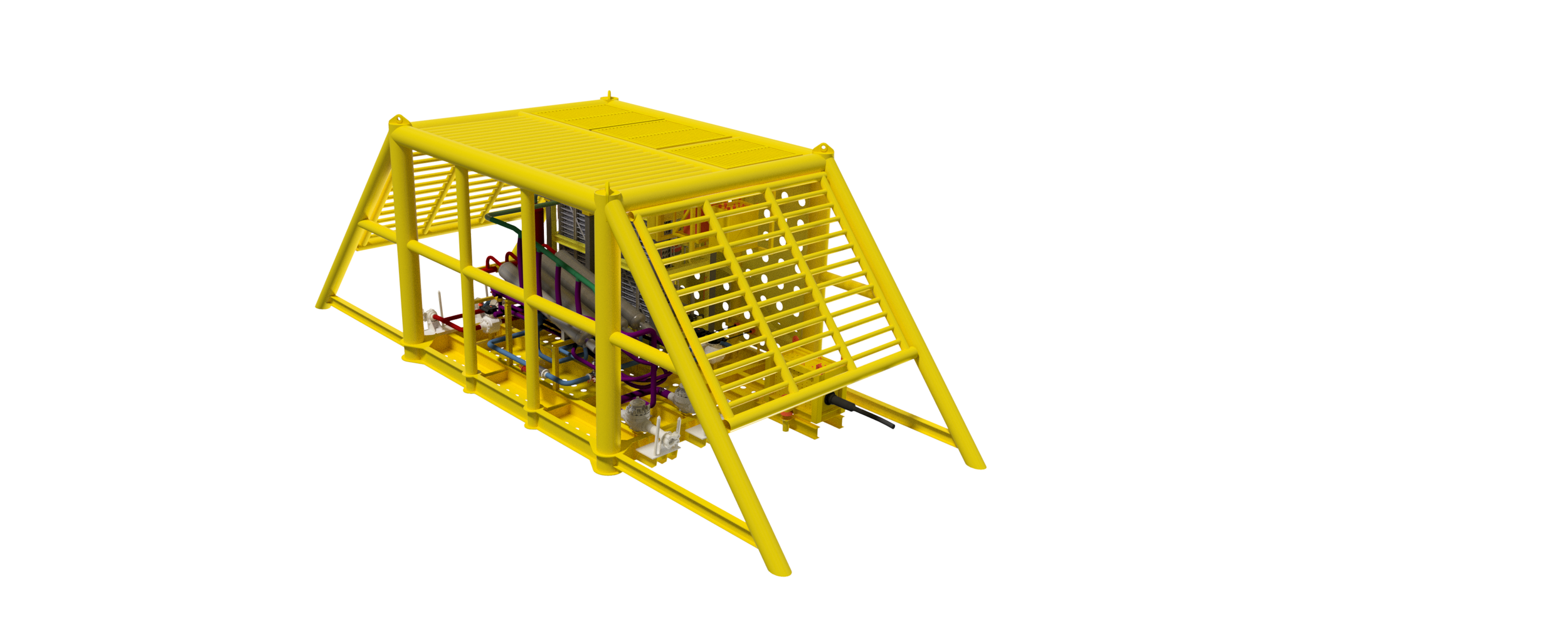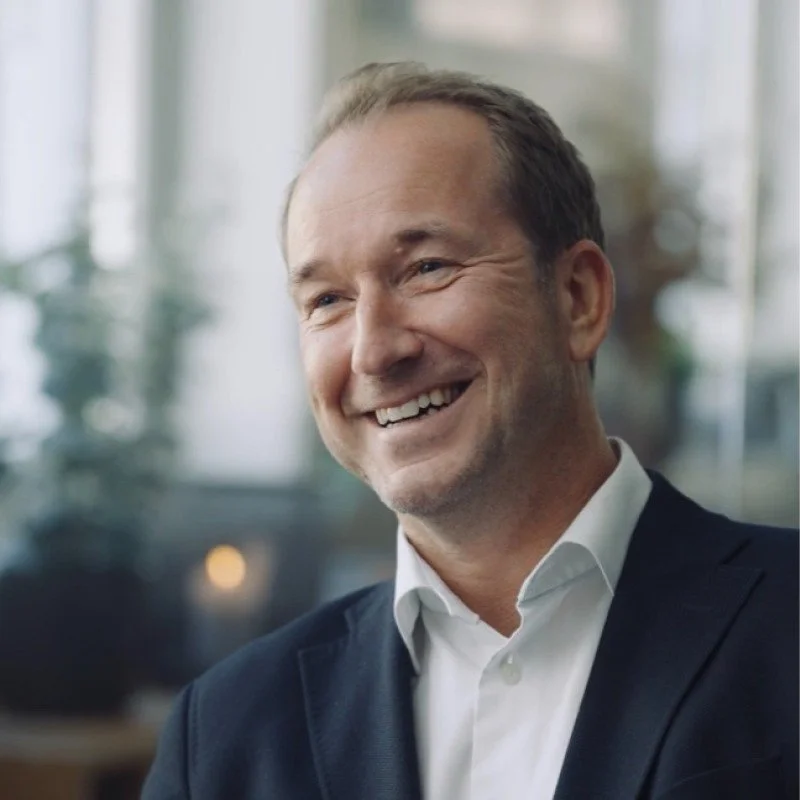
About Us
Reinertsen New Energy is a family-owned, independent engineering and project development company, working with some of the most ambitious international energy companies in the world.
Our organisation is built around a core of highly experienced specialists.
With more than 40 years of experience from oil and gas, and 15 years working on low-carbon solutions, we know how to deliver. We’ve designed and executed some of the most complex projects offshore and onshore Norway.
Today, we apply that knowledge in a new context. The energy sector must respond to a geopolitical crisis, volatile markets, tightening regulations and the need for competitive decarbonisation solutions.
What we do. And how we do it.
Energy transition is all about experience and vision.
At Reinertsen New Energy, we provide the independent engineering capacity that makes complex energy projects possible.
Our work spans the entire value chain, from early-phase studies and concept development to detailed engineering, project management and execution support.
We support project owners with execution models, procurement strategies and critical decision support.
We remove friction and bring momentum, with senior engineers, project managers and procurement specialists who know what it takes.
We solve the hard problems and help move the energy transition forward.
Our core team consists of highly qualified engineers and advisors, many with decades of experience from EPCI projects on the Norwegian continental shelf. This gives us a unique ability to see the full picture: From subsea to topside, from process plant layout to procurement strategy.
We typically assist our clients with:
Feasibility studies and concept development.
Process and facility design – both subsea and onshore.
Project planning and execution models.
Procurement planning and contract strategies.
Independent technology evaluation and integration.
Carbon footprint calculations and low-emission design.
We bring a strong understanding of operations, risk, and technical integration, always acting in the client’s best interest, independent of any technology provider. Our team has a proven ability to deliver high-value insight, reduce uncertainty, and make energy transition projects executable.

A legacy of energy, engineering and evolution
Contact us
Do you have what it takes to work for us?
We are experiencing increased work load and has long-term framework agreements with several international energy companies. Over the next five years, we will further develop the company to become one of the leading, independent engineering companies.



